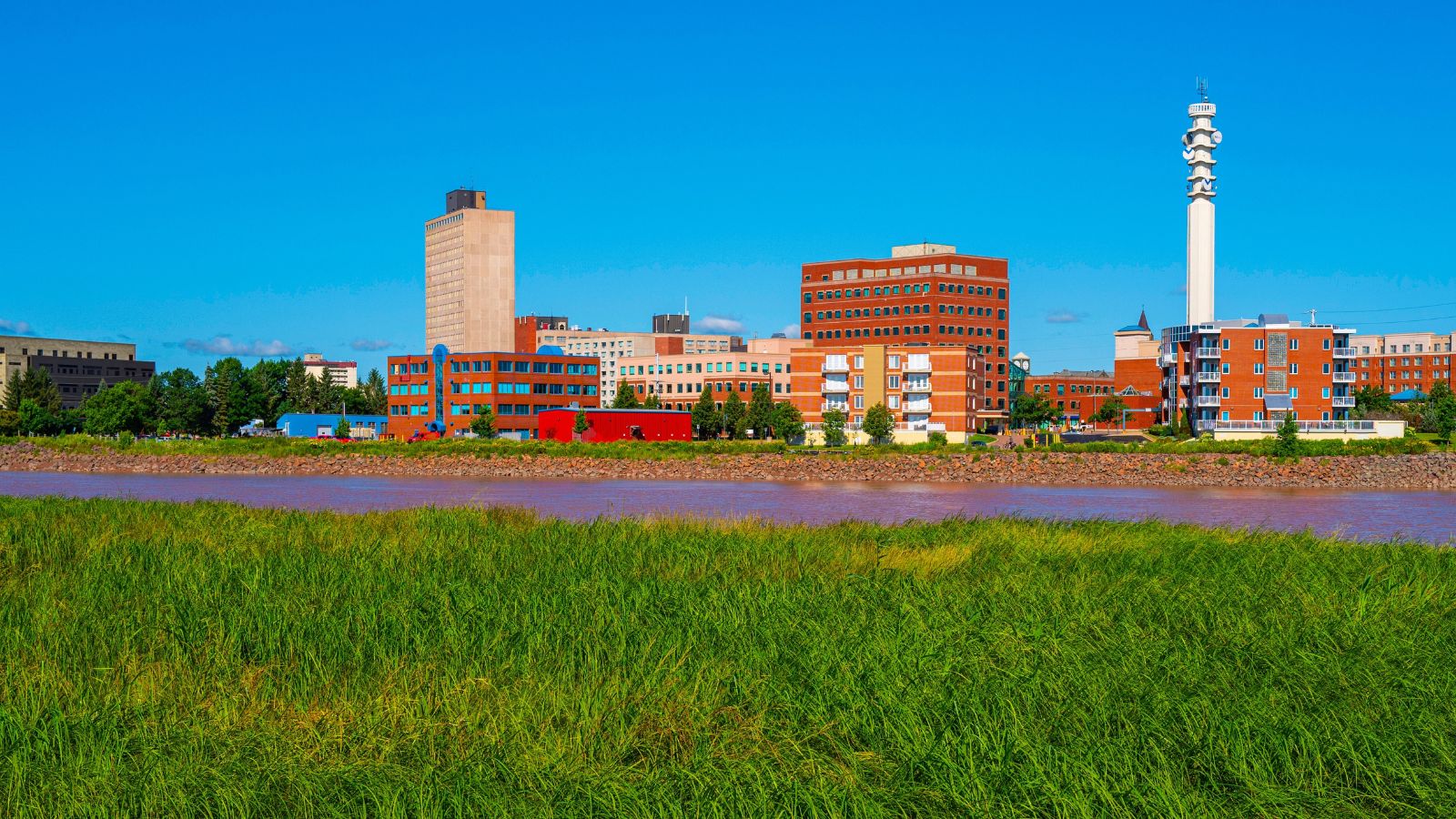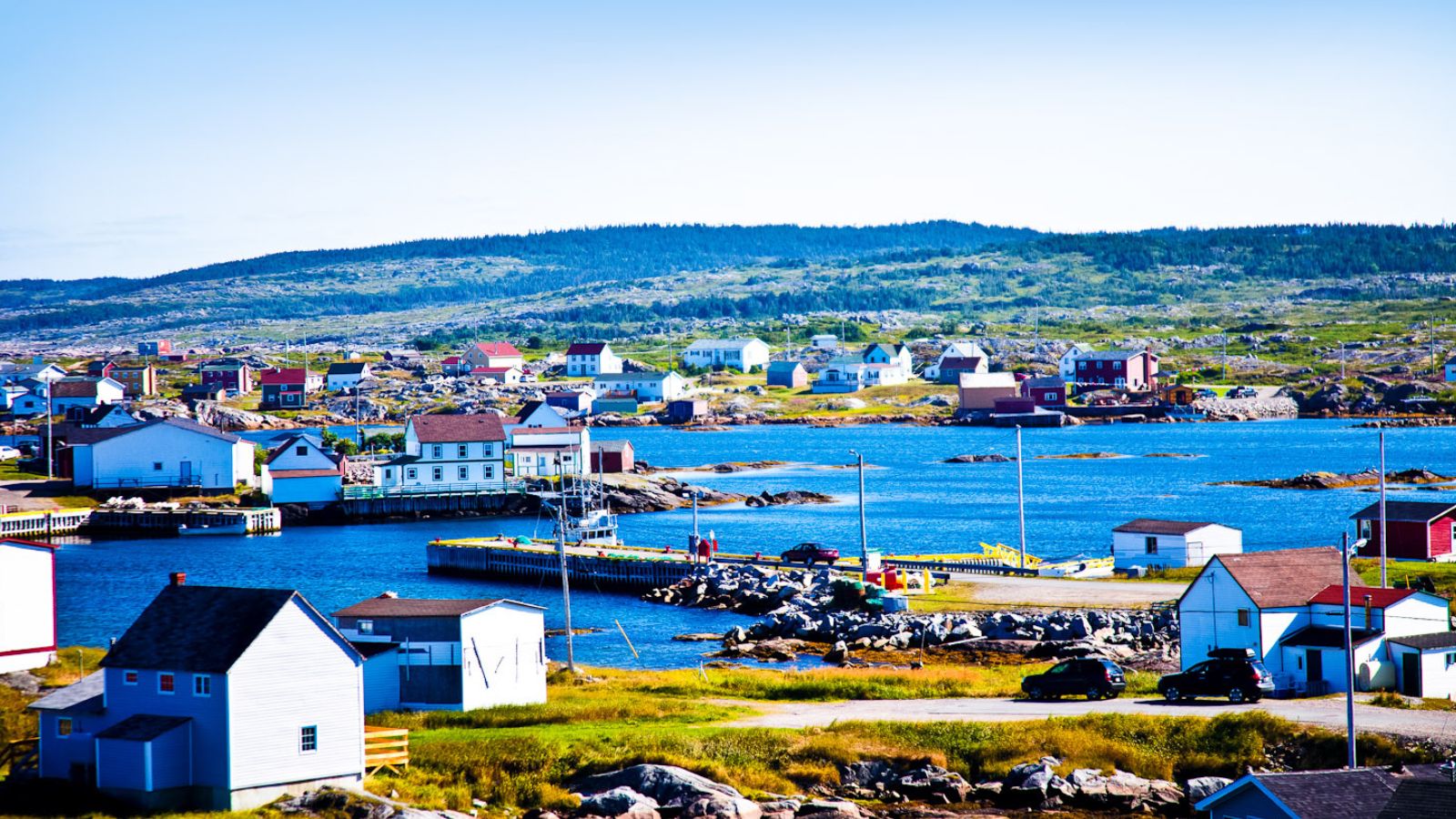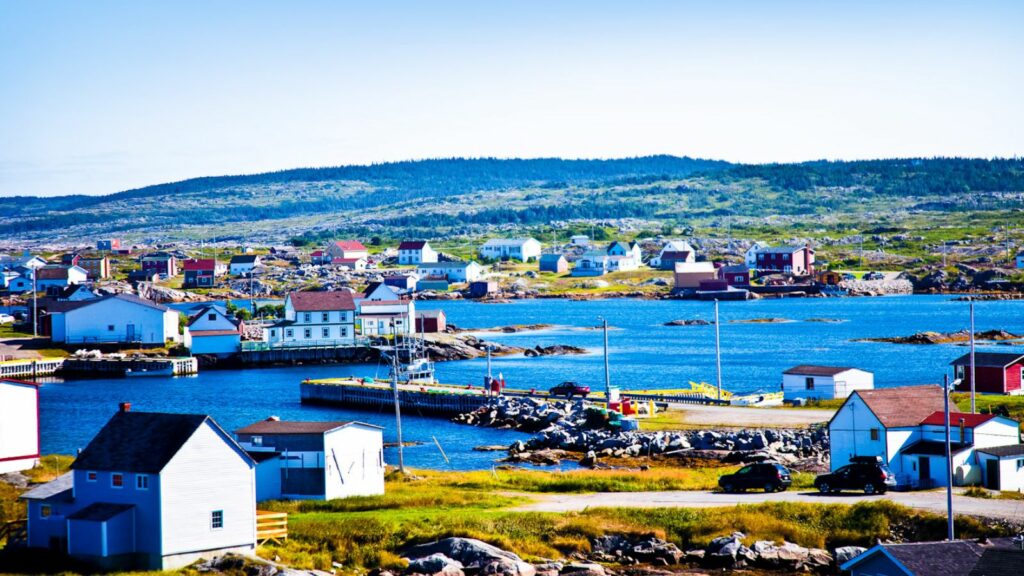Canada’s provinces and territories may share a flag, but when it comes to financial opportunity, the playing field isn’t even. Economic growth, job availability, industry diversity, cost of living, and investment potential all shape where residents can best build wealth. Here are 10 Canadian provinces ranked by financial opportunity:
Ontario

Ontario remains Canada’s economic powerhouse, driven by its diverse industries, including finance, technology, manufacturing, and healthcare. Toronto and Ottawa anchor its economy, attracting global investors and high-paying jobs, particularly in tech and financial services. While housing costs can be steep, income potential and career mobility remain unmatched. Ontario also benefits from being a hub for innovation, with government-backed programs supporting startups and research initiatives. Major universities and a steady influx of skilled immigrants keep talent pipelines strong, ensuring continued growth. For individuals prioritizing career advancement and broad economic opportunity, Ontario still leads the pack.
British Columbia

British Columbia combines a thriving economy with a strategic Pacific Rim location, making it a major trade gateway to Asia. Vancouver’s tech and film industries continue to flourish, alongside strong natural resource and tourism sectors. High real estate prices remain a challenge, but robust wages and a growing remote work culture offset some cost-of-living concerns, and BC’s diverse economy also benefits from renewable energy development and a booming green tech sector. With strong global connections, high-quality education, and a stable political environment, BC offers long-term growth potential for both workers and investors seeking West Coast advantages.
Alberta

Alberta’s economic resilience comes from its energy sector dominance, particularly oil and natural gas, but it is also diversifying into tech, logistics, and agri-food. Calgary and Edmonton are emerging as startup hubs, aided by competitive tax rates and a lower cost of living compared to other major provinces, while the strong infrastructure and resource wealth in the province make it an attractive destination for skilled trades, engineers, and entrepreneurs. Housing affordability, paired with high average incomes, gives residents more disposable income than in most provinces. With global energy demand still strong, Alberta’s mix of traditional and emerging industries keeps it a top contender.
Quebec

Quebec’s financial opportunity lies in its mix of manufacturing, aerospace, AI research, and creative industries. Montreal is a world leader in artificial intelligence, attracting multinational investment and top research talent. The province offers relatively affordable housing compared to Ontario and BC, making wealth-building more achievable. Quebec’s strong export economy benefits from trade with the U.S. and Europe, supported by its strategic location and bilingual workforce, while government incentives for startups and green innovation add to its appeal. For those willing to navigate its unique language and cultural dynamics, Quebec offers a strong blend of affordability and economic growth potential.
Saskatchewan

Saskatchewan’s strength lies in its abundant natural resources, including potash, uranium, and agriculture, plus an economy that’s diversifying into renewable energy and technology. The province’s low unemployment rate and relatively affordable real estate make it attractive for families and entrepreneurs. Regina and Saskatoon are becoming hubs for agri-tech innovation, drawing investment from both domestic and international markets. Saskatchewan’s stable economy and strong export ties give it resilience against downturns, particularly in food production. With a lower cost of living and strong wage potential in certain industries, it’s an appealing choice for those seeking both career stability and financial growth.
Manitoba

Manitoba offers a balanced mix of affordability and opportunity, making it attractive for both individuals and businesses. The province’s low cost of living, especially in Winnipeg and smaller towns, means salaries stretch further. Key industries like manufacturing, agriculture, and clean energy provide stable job prospects, and Manitoba’s government also supports small businesses and innovation through grants and tax incentives. With lower housing prices compared to much of Canada, first-time buyers find it easier to enter the market. Its central location also positions it as a transportation and logistics hub, further boosting economic potential for long-term stability and growth.
New Brunswick

New Brunswick is gaining recognition for its affordable housing, accessible education, and growing technology sector. Cities like Moncton and Fredericton are attracting remote workers with their lower costs and strong internet infrastructure. The province’s bilingual workforce and supportive business environment appeal to international companies, particularly in customer service and IT. Competitive property taxes and low startup costs make it a smart choice for entrepreneurs, while natural resources, tourism, and renewable energy also contribute to economic resilience. For those seeking a place where their income goes further without sacrificing quality of life, New Brunswick offers promising financial opportunities.
Nova Scotia

Nova Scotia’s economy is diversifying rapidly, with growth in sectors like technology, ocean research, and renewable energy. Halifax, the province’s economic hub, offers competitive wages and a lower cost of living than major Canadian cities like Toronto or Vancouver. Affordable housing in smaller towns also attracts newcomers, while the province’s port infrastructure supports global trade, and its universities foster skilled graduates. Government incentives for entrepreneurs and a rising film industry add further economic potential. With scenic landscapes and a growing job market, Nova Scotia balances lifestyle and financial prospects, making it a compelling choice for those looking to build wealth.
Prince Edward Island

Prince Edward Island may be Canada’s smallest province, but it offers outsized opportunities in agriculture, tourism, and emerging technology. The island’s affordability, particularly in real estate, appeals to young families and entrepreneurs. Seasonal tourism fuels small business growth, while expanding broadband access attracts remote professionals. PEI’s government actively supports innovation and sustainability projects, especially in clean energy and food production, while the export-oriented agriculture industry, notably in potatoes and seafood, strengthens economic stability. The island’s tight-knit communities, combined with lower operating costs for businesses, create an environment where financial opportunity is within reach for both residents and investors.
Newfoundland and Labrador

Newfoundland and Labrador’s economy benefits from abundant natural resources, particularly in offshore oil, mining, and fisheries. While energy markets can fluctuate, the province is investing heavily in renewable energy and tourism to diversify income streams. St. John’s is emerging as a hub for technology and innovation, supported by government funding and research partnerships. The cost of housing remains lower than in many Canadian provinces, offering more financial breathing room for residents. With its strategic location for global shipping routes and increasing focus on sustainable industries, Newfoundland and Labrador holds strong potential for long-term financial growth.
21 Products Canadians Should Stockpile Before Tariffs Hit

If trade tensions escalate between Canada and the U.S., everyday essentials can suddenly disappear or skyrocket in price. Products like pantry basics and tech must-haves that depend on are deeply tied to cross-border supply chains and are likely to face various kinds of disruptions
21 Products Canadians Should Stockpile Before Tariffs Hit
